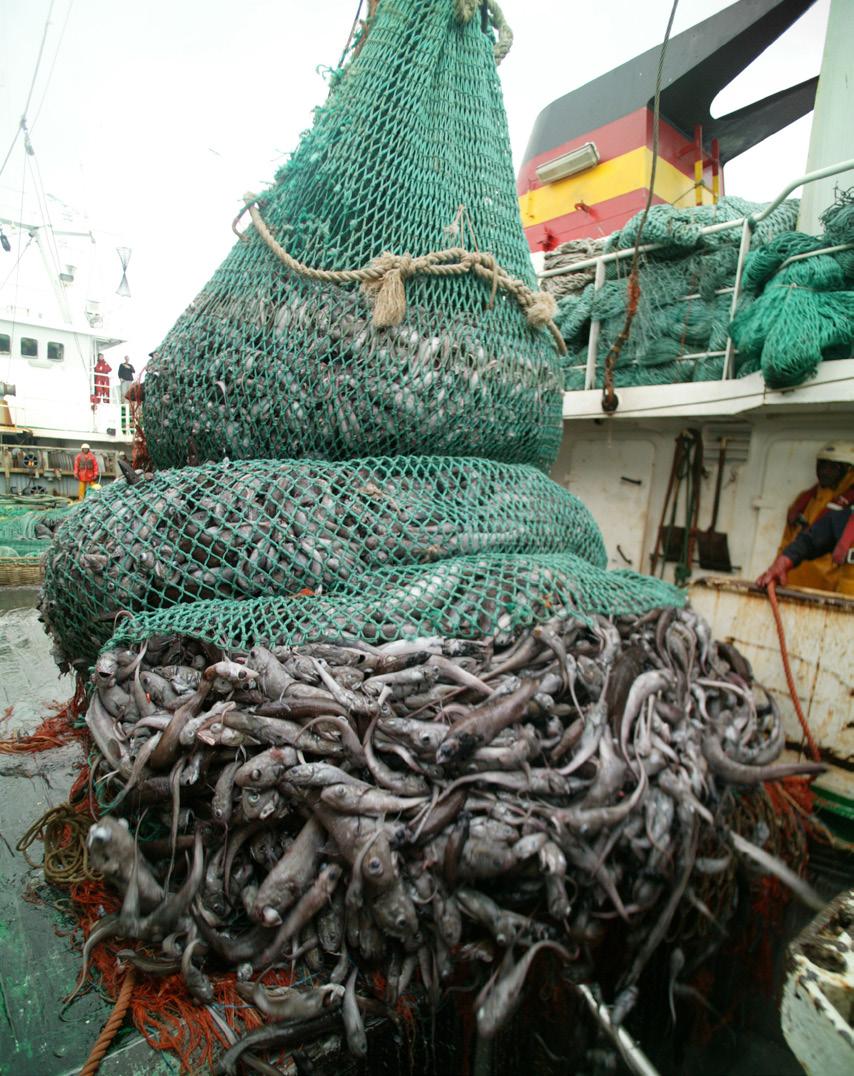
1 minute read
The Blue Hole
Blue Hole South-west Atlantic Argentina © Greenpeace Mapping Hub
THE BLUE HOLE A unique ecosystem
The Blue Hole is an area of international waters located approximately 500 km east from the Gulf of San Jorge, in Argentinean Patagonia. There, the Argentinean continental shelf goes beyond the Exclusive Economic Zone (EEZ), which extends 200 nautical miles from shore 1 , making it a comparatively shallow area in the context of international waters (marked red on the map above).
A relatively unusual example of an area of international waters that are in part in the neritic zone (i.e. shallower waters over the continental shelf), the Blue Hole is considered of very high value from a biological point of view. It is vital for the life cycle of many species, including some threatened species and critical habitats, and it holds high levels of endemism, exclusivity or eccentricity and biological diversity 2 . The area is also abundant in nutrients, which reach the area carried by ascending water currents formed on the edge of the continental shelf. Together with the sunlight that penetrates the relatively shallow water, marine life thrives. The Blue Hole also plays a key ecological role within the global oceans, providing important spawning and feeding areas for marine mammals and birds which feed in, and migrate through this area. It is also home to important commercial species. The area is a feeding ground for key species, such as the iconic southern right whale, and others whose conservation status is vulnerable, such as the sperm whale 3 , the sei whale 4 , and albatrosses 5 .


